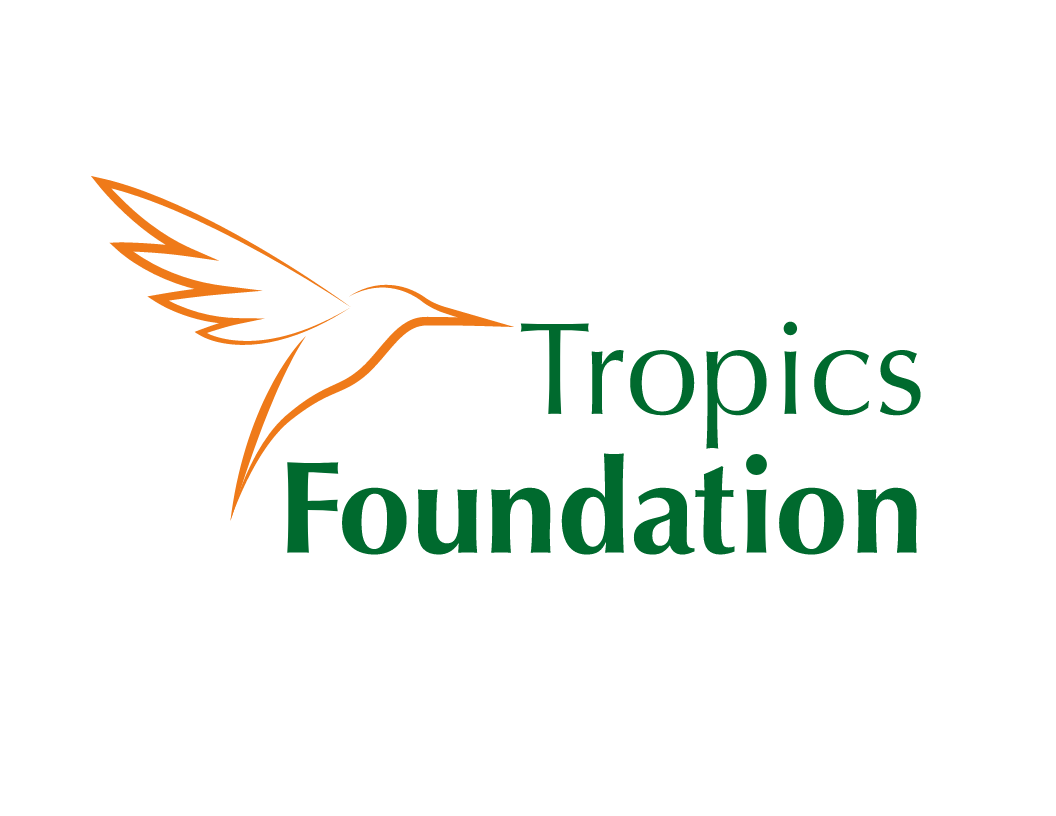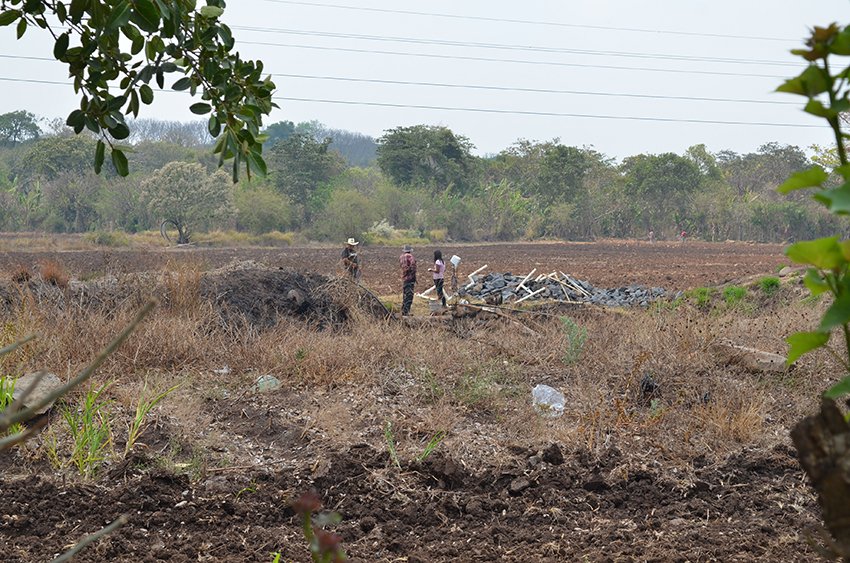CATIE Reinforces its Contributions in the Fight Against Land Degradation
and its effects on the most vulnerable populations in the Latin American and Caribbean region
On June 17, CATIE commemorated the World Day to Combat Desertification and Drought
Written by Karla Salazar Leiva
The Tropical Agricultural Research and Higher Education Center (CATIE) celebrated World Day to Combat Desertification and Drought by reinforcing the actions on the Central American Dry Corridor. Through projects that promote the transformation of conventional production systems to more sustainable processes, CATIE is able to promote best practices in production chains such as livestock, basic grains, and coffee and cocoa. In addition, CATIE is hard at work on the restoration of degraded areas using various models of forest ecosystem restoration, which is a nature-based solution. It also advocates for the inclusion of traditionally vulnerable populations that live in this region and generally promotes sustainable enterprises that strengthen value chains and generate income, helping to improve people's livelihoods.
“The commemoration of the World Day to Combat Desertification and Drought should be an urgent call to commit to neutrality in land degradation and challenge the countries of the region to better manage their lands, resources and markets. ”, commented Leida Mercado, director of Research for Inclusive Green Development at CATIE.
As part of this commitment, it should be noted that CATIE is also working with the Secretariat of the Convention to Combat Desertification and Drought to establish actions to support the countries of the region in the implementation of their national action plans that will be developed in the coming months.
For more information:
Leida Mercado
Director
Division of Research for Inclusive Green Development
CATIE
lmercado@catie.ac.cr
Evelyn Chaves
Researcher CATIE
Climate Action Unit evelyn.chaves@catie.ac.cr


